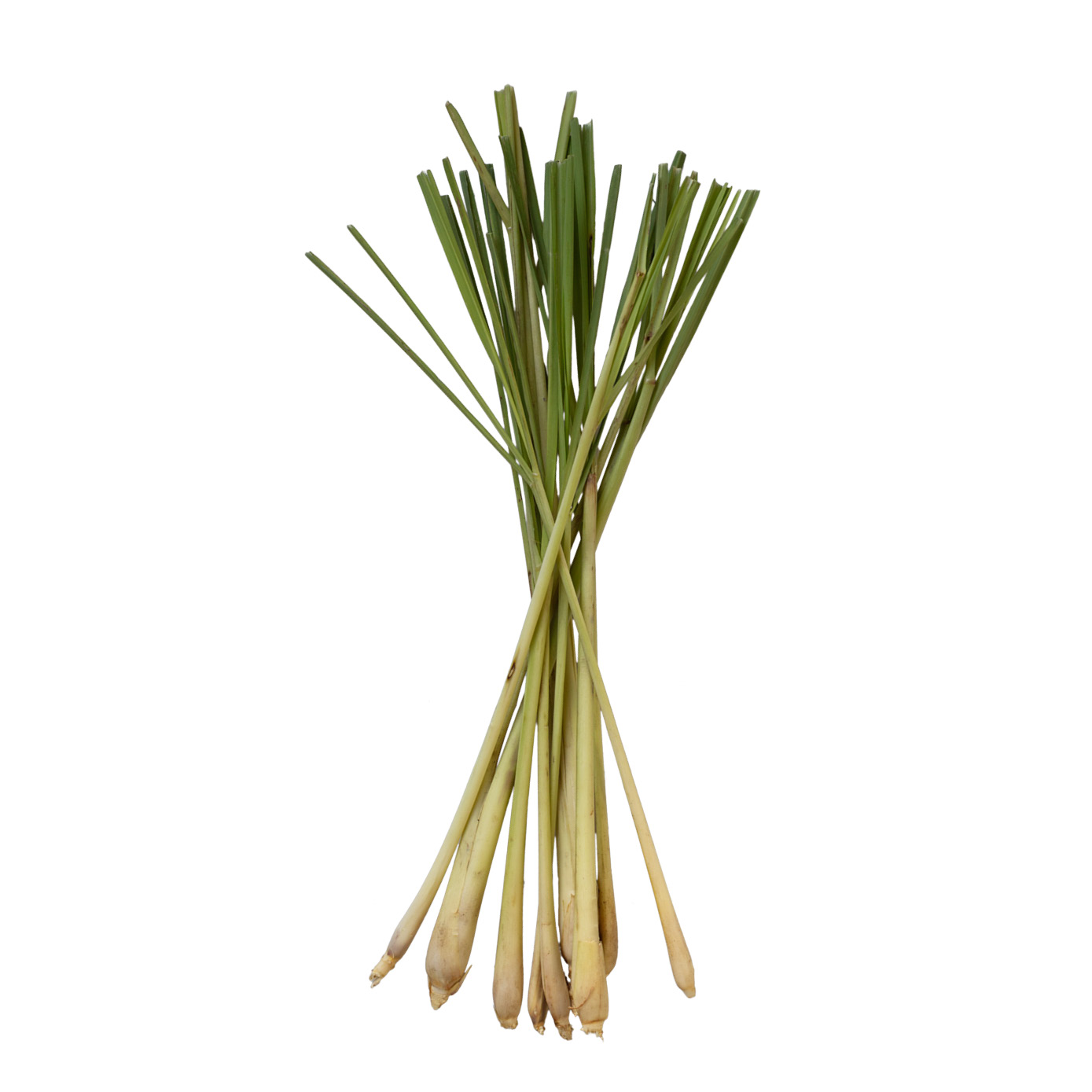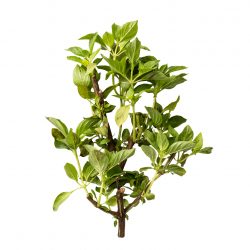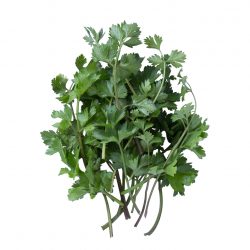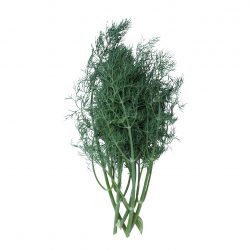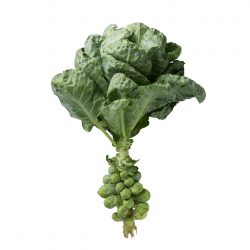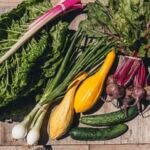Lemongrass
Cymbopogon citratus
Though lemongrass is commonly used to repel harmful pests like mosquitos, the oil can be used to attract or lure swarms of honeybees. It works in a similar way to the Nasonov pheromones that are released by worker bees to help guide forager bees back to the colony.
Seasonality
| J | F | M | A | M | J | J | A | S | O | N | D |
| • | • | • | • | • | • | • | • |
Description
Lemongrass is a member of the grass family that grows in dense clumps and has a distinctive citrus scent and flavor. The light-green stalks are harvested for use in culinary applications and can be used fresh or dried.
Storage tips
Wrap fresh lemongrass stalks in a damp paper towel and store them in a plastic bag in your crisper drawer for up to 2 weeks. Dried lemongrass will keep up to a year in an airtight container.
Culinary tips
- To use lemongrass, make sure to remove and discard the root plate as well as any tough outer leaves. Thinly slice and/or bruise the inner stalk before using it in a recipe.
- Lemongrass tends to be fibrous. You can either leave it in larger pieces and remove it at the end of cooking, or make sure to process it into fine pieces with a microplane or food processor.
- Lemongrass is widely used in Southeast Asian cuisine. Try adding it to your next curry.
- For a fresh addition to cocktails or iced tea, try making a lemongrass infused simple syrup.


